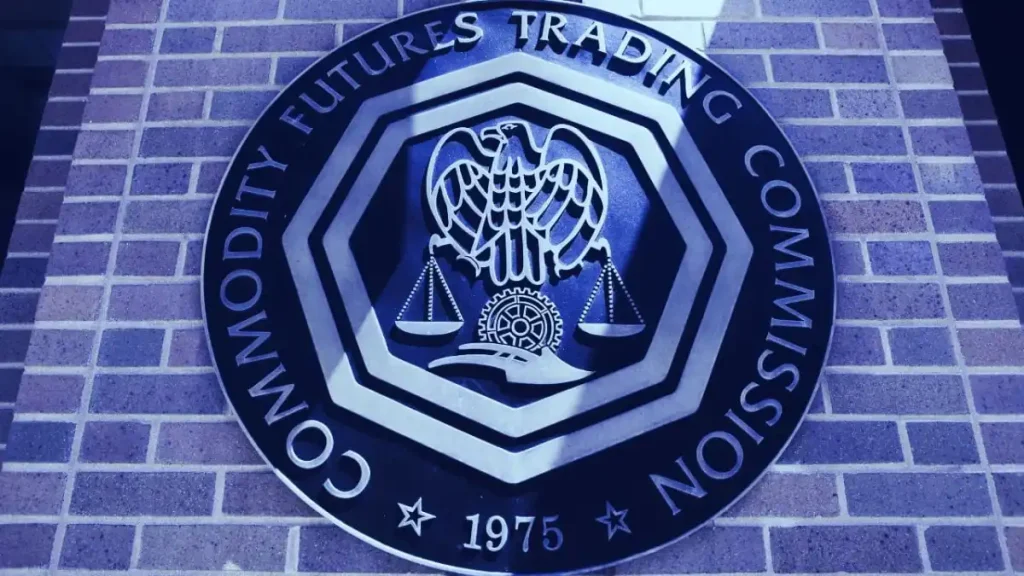At the Milken Institute’s 27th annual Global Conference, Rostin Behnam, the head of the Commodity Futures Trading Commission (CFTC), delivered a sobering message to the cryptocurrency industry, predicting a forthcoming surge in enforcement actions. Behnam’s words carried weight as he cautioned that the resurgence of the market, coupled with the growing interest from retail investors, is likely to usher in a new wave of regulatory scrutiny and accountability.
Central to Behnam’s warning was the acknowledgment of the cryptocurrency market’s persistent vulnerability to fraud and manipulation. He pointed to the absence of a comprehensive regulatory framework as a key factor exacerbating these issues. Without robust oversight, Behnam warned, the industry remains susceptible to exploitation, endangering investors and undermining market integrity.
Behnam’s cautionary remarks came at a pivotal moment, coinciding with the SEC’s indication of preliminary enforcement actions against several prominent players in the crypto space. Notably, Robinhood Markets, Consensys, and Uniswap found themselves in the regulatory crosshairs, facing potential consequences for alleged securities violations. These actions follow a series of regulatory interventions targeting major cryptocurrency platforms like Binance and FTX, signaling a broader crackdown on non-compliant operations.
The backdrop of regulatory scrutiny extends beyond enforcement actions to encompass legislative efforts aimed at addressing systemic risks within the cryptocurrency market. Behnam addressed the protracted deliberations surrounding proposed stablecoin legislation, a process that has stretched over 20 months. However, his skepticism about the bill’s timely passage reflected the challenges inherent in navigating the complex legislative landscape.
A key sticking point in the stablecoin debate revolves around the jurisdictional question of whether state regulators or the federal government should oversee stablecoin issuers. Efforts to reconcile these divergent views have encountered resistance, hindering progress on the legislative front. The failure to incorporate stablecoin regulation into crucial legislative agendas underscores the difficulties in achieving consensus on regulatory oversight in the cryptocurrency space.
Behnam’s candid assessment underscores the urgent need for regulatory clarity and accountability in the cryptocurrency industry. As the market continues to evolve and attract increased attention from investors and policymakers alike, navigating the regulatory landscape remains paramount. These discussions will undoubtedly feature prominently at Benzinga’s upcoming Future of Digital Assets event on Nov. 19, offering stakeholders an opportunity to delve deeper into the challenges and opportunities shaping the future of the cryptocurrency market.
